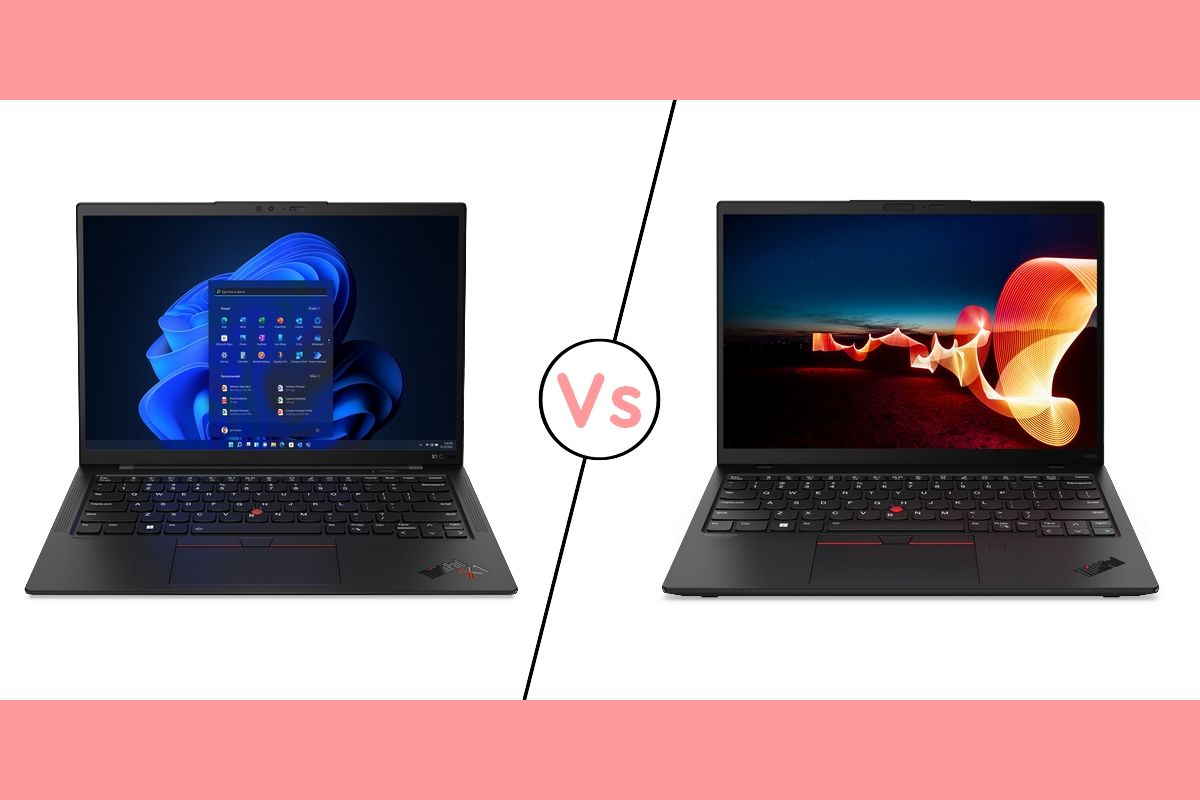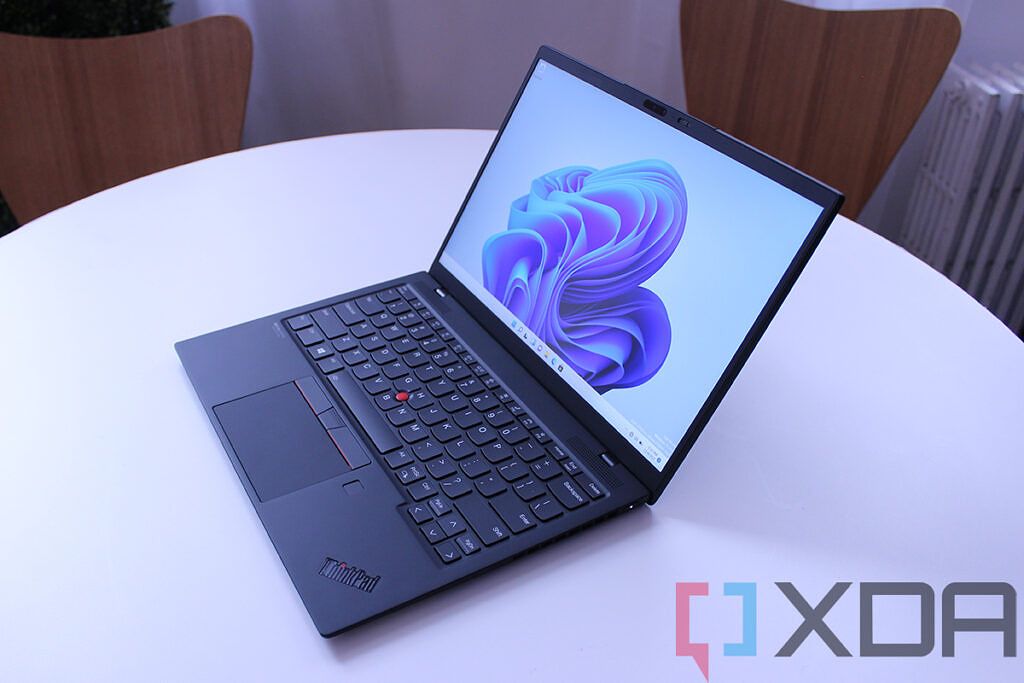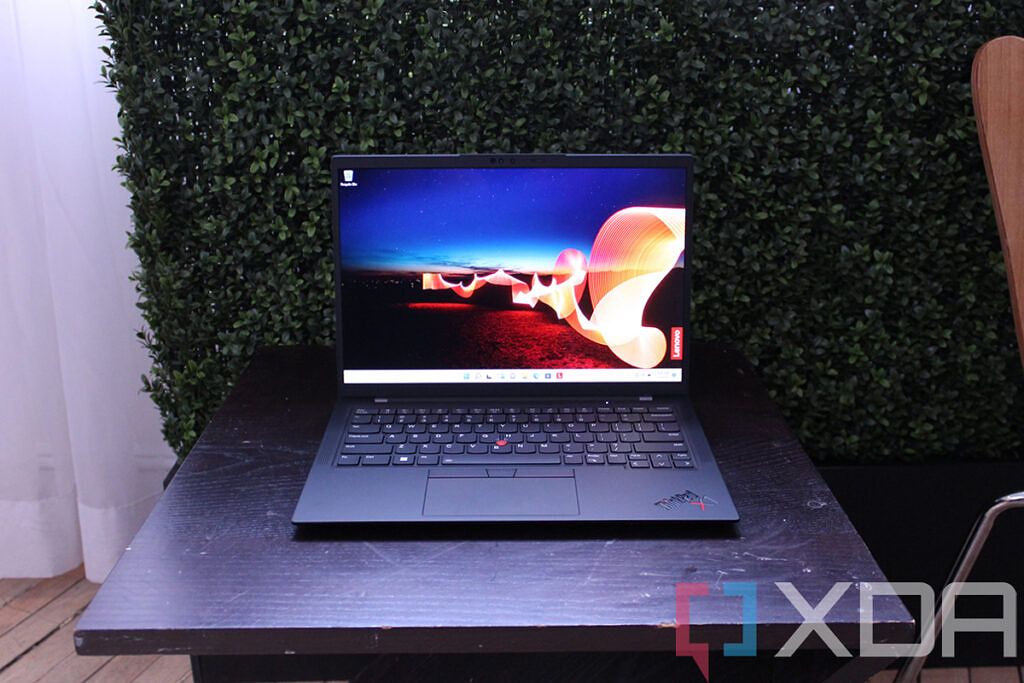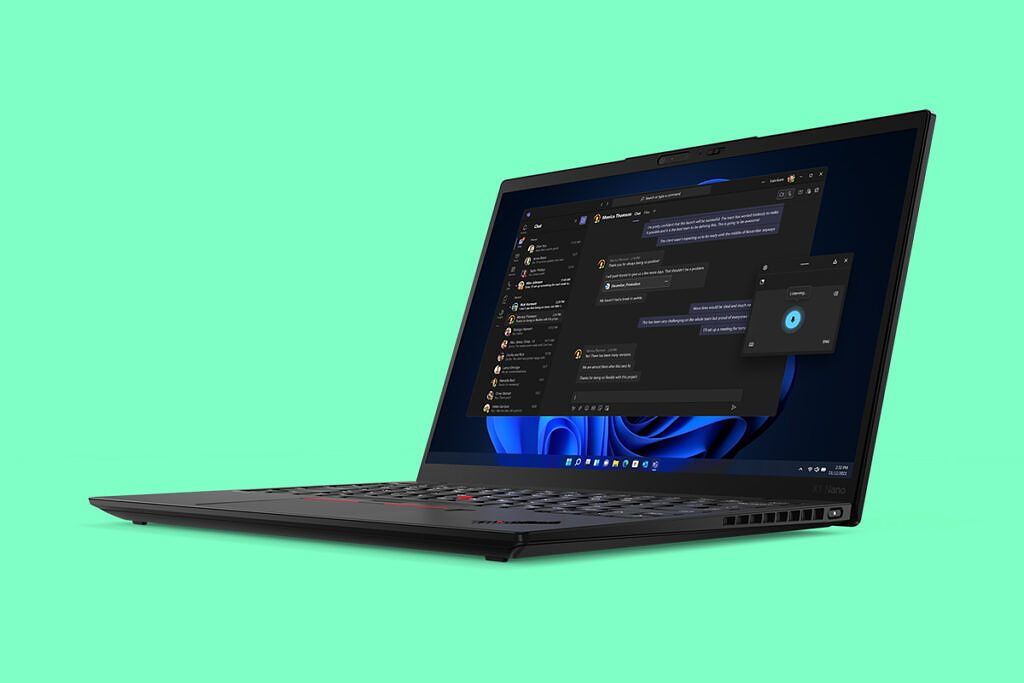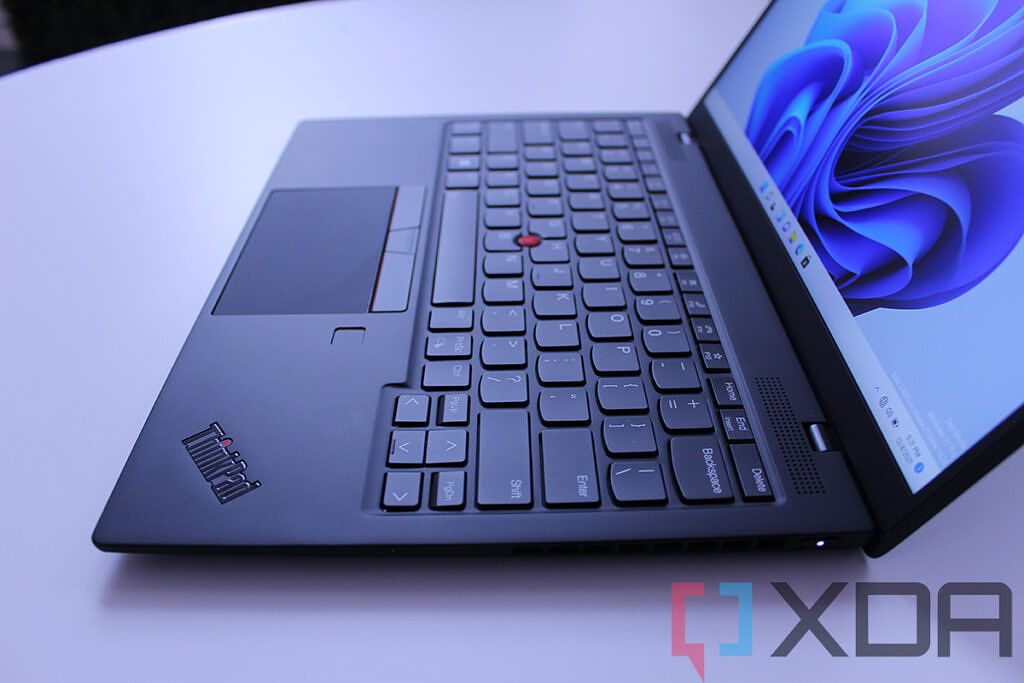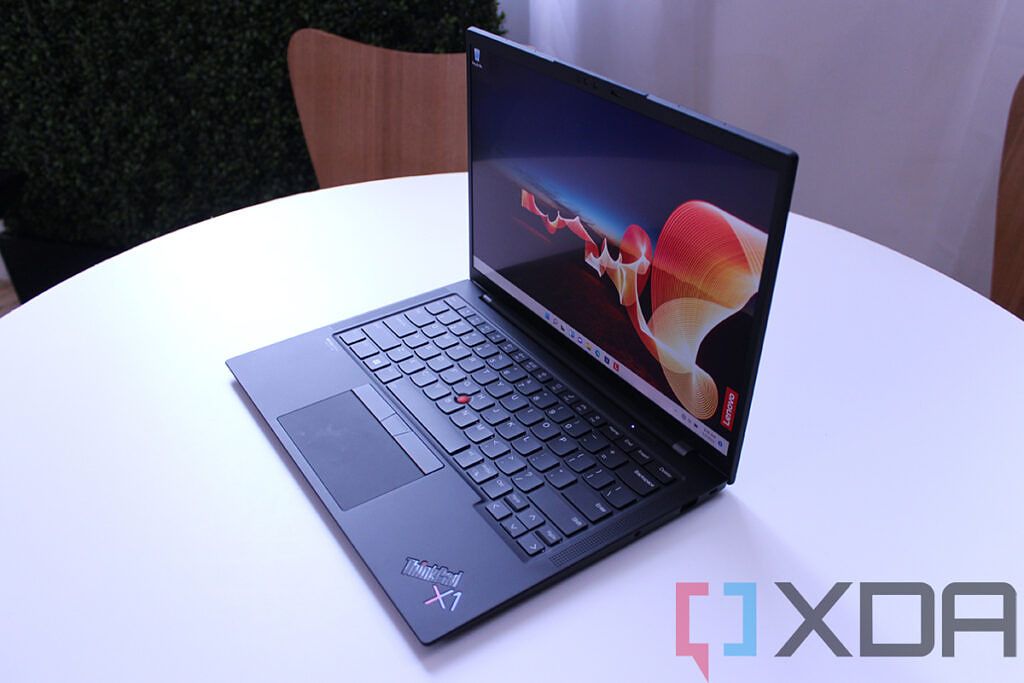At CES 2022. Lenovo refreshed its iconic ThinkPad X1 series, including the classic ThinkPad X1 Carbon and the more recent ThinkPad X1 Nano. The former has been one of the best business laptops for years, and it's Lenovo's flagship overall. But with the ThinkPad X1 Nano, Lenovo went extra light, creating something that's even better for on-the-go workers. However, it came with some performance sacrifices to fit that lighter package.
With these refreshed models, though, the ThinkPad X1 Nano and X1 Carbon are closer than ever. If you're wondering which one is the right choice for you, let's take a look at the differences between these two models, starting with raw specs.
Specs
|
Lenovo ThinkPad X1 Carbon Gen 10 |
Lenovo ThinkPad X1 Nano Gen 2 |
|
|---|---|---|
|
Operating system |
|
|
|
CPU |
|
|
|
Graphics |
|
|
|
Display |
|
|
|
Storage |
|
|
|
RAM |
|
|
|
Battery |
|
|
|
Ports |
|
|
|
Audio |
|
|
|
Camera |
|
|
|
Windows Hello |
|
|
|
Connectivity |
|
|
|
Color |
|
|
|
Size (WxDxH) |
|
|
|
Dimensions |
Starts at 1.12kg (2.48 lb) |
Starts at 970 grams (2.13lbs) |
|
Price |
Starting at $1,639 |
Starting at $1,659 |
Looking at those spec sheets, you can clearly tell that these are very similar laptops, but there are some noteworthy differences. Let's dive deeper into the differences between these two devices.
Performance: The ThinkPad X1 Nano has caught up
When Lenovo first introduced the ThinkPad X1 Nano last year, one of the sacrifices it made was using Intel's 9W processors to allow it to be as small as it was. Meanwhile, the ThinkPad X1 Carbon Gen 9 had 15W processors, so it had a bit of a performance advantage. Now, that seems to have been thrown out the window, as both laptops come with 12th-generation Intel Core processors up to a 28W P-series Core i7. These 28W processors aren't completely new for Intel, but they are new to Windows PCs, and they should deliver that much more performance compared to the typical 15W processors. There are models with 15W CPUs available for both of these models, though.
Both laptops rely on Intel Iris Xe integrated graphics, so on the front, things should be fairly even, too. The only thing that might affect performance here is that the larger size of the X1 Carbon Gen 10 might make room for better cooling, and thus, more sustained performance.
The new 12th-generation Intel processors also bring along support for LPDDR5 RAM, which is included in both laptops, too. Again, the ThinkPad X1 Nano Gen 2 has caught up and now also comes with up to 32GB of RAM instead of 16GB, matching the X1 Carbon. One area where the ThinkPad X1 Carbon might have an advantage is storage, as it comes with up to a 2TB PCIe Gen 4 SSD. For the ThinkPad X1 Nano, Lenovo doesn't make mention of PCIe Gen 4 support, though you get the same 2TB capacity.
Finally, touching on battery, the ThinkPad X1 Carbon has a 58Whr battery, which is larger than the 49.6Whr unit of the X1 Nano. But battery life will depend on your configuration, including the display, which is bigger on the X1 Carbon. Many configurations also have higher resolution, so they use more battery.
Display: They're both great, but the ThinkPad X1 Carbon has tons of options
The display is where the differences between the ThinkPad X1 Carbon Gen 10 and the ThinkPad X1 Nano Gen 2 start to really shine through. Both laptops have great 16:10 displays, but they're different in almost every other way. For starters, they're different sizes, with the ThinkPad X1 Carbon having a 14-inch display compared to the 13-inch panel of the X1 Nano.
With the ThinkPad X1 Carbon Gen 10, Lenovo is offering more options than ever before. The base model comes with a Full HD+ (1920 x 1200) panel at 400 nits, which you can add touch support and a privacy guard to. There's also a 2.2K IPS panel option for a little extra sharpness (in exchange for lower brightness at 300 nits), plus a new 2.8K OLED panel that's being introduced with the Gen 10 refresh. That's the first time Lenovo uses an OLED panel on the ThinkPad X1 Carbon, and it's bound to be a great display. We also have the 4K+ IPS panel, which comes with optional touch support for the first time with this model, too. Plus, the 4K+ and OLED models cover 100% of DCI-P3, while the other options cover 100% of sRGB.
Meanwhile, the ThinkPad X1 Nano gives you the exact same options as last year's model. It's a 13-inch 2K (2160 x 1350) panel with 450 nits of brightness and 100% sRGB coverage. The only choice you get is whether you want to add touch support to the panel or not. This is still a great display for its size, but you definitely get more options with the ThinkPad X1 Carbon, some of which are far more interesting than the X1 Nano's display.
Above the display, both laptops now come with Full HD cameras, which is fantastic to see. Some ThinkPads already had this option, but it's the first time these two models get it, and in fact, it's the default configuration on the ThinkPad X1 Nano now. The ThinkPad X1 Carbon still gives you the option for a 720p camera if you don't care about the better quality. Both also have options for Windows Hello facial recognition and a new optional feature called Computer Vision, which makes your camera smarter. For example, the camera can detect whether it's you approaching the laptop to use it or someone just walking past it, so the laptop only wakes up when it's going to be used.
For audio, Lenovo is touting Dolby Atmos speaker system for both models, though we don't yet know the exact specs of the speakers. Both of them also have quad-array microphones for improved audio pickup during calls.
Design and ports: It's all about the size
Lenovo's ThinkPad lineup has an iconic design heritage, and both of these laptops carry it as well as you'd expect. In terms of looks, they're nearly identical: deep black chassis with the iconic ThinkPad red accents, including features like the TrackPoint and the duplicated mouse buttons above the touchpad. They both even have the option for a carbon fiber weave cover on the lid.
The differences between these two have everything to do with the size. As the name suggests, the ThinkPad X1 Nano is small. It's smaller in every dimension because of its smaller display, and it's also slightly thinner, measuring 14.47mm (in the non-touch variant), compared to the 14.95mm of the ThinkPad X1 Carbon Gen 10 (with an HD camera). The touch-enabled version of the X1 Nano measures 14.57mm, while the X1 Carbon goes up to 15.36mm with a Full HD webcam.
The weight difference might be more noticeable, with the ThinkPad X1 Nano starting at just 2.13lbs compared to the 2.48lbs of the X1 Carbon. They're both still very portable laptops, but the ThinkPad X1 Nano is just slightly more so.
This size difference plays a big role in the ports that are available to you, however. The ThinkPad X1 Carbon Gen 10 offers a full suite of ports, including two Thunderbolt 4 connections, two USB Type-A ports, HDMI, a headphone jack, and an optional nano-SIM slot. The ThinkPad X1 Nano Gen 2 only has two Thunderbolt 4 ports and a headphone jack (plus the optional nano-SIM), so all the other connections have to come from a Thunderbolt dock. It may be worth the trade-off for the extra portability, but I'd personally rather have the extra ports built-in. Thunderbolt docks can be expensive, so they're not for everyone.
Of course, as we've mentioned, both laptops also give you the option to add cellular connectivity, and you can choose between 4G LTE (Cat16) or sub-6GHz 5G (Cat20). You can also use an eSIM or the physical nano-SIM slot for this. Both models also support Wi-Fi 6E and Bluetooth 5.2.
Bottom line: Is portability worth the trade-offs?
The Lenovo ThinkPad X1 Nano is meant to be an ultraportable ThinkPad, and with a starting weight under a kilogram, it's fair to say it succeeds at that. And with the second generation, Lenovo has addressed some big drawbacks of the smaller size, packing in the same powerful processors and as much RAM as the ThinkPad X1 Carbon. It's also a laptop with a great screen, and now, a great webcam, too.
However, there are still drawbacks. The ThinkPad X1 Carbon Gen 10 has faster PCIe Gen 4 storage, for one thing, and the larger size means it might have better cooling, too. Plus, the larger screen also comes in a ton of variants and options you don't get with the ThinkPad X1 Nano. You can add a privacy guard, go with a beautiful OLED display, or choose a super-sharp 4K+ panel with 100% of DCI-P3 color coverage.
There's also the matter of ports, with the ThinkPad X1 Carbon featuring a full setup including Thunderbolt, USB Type-A, and HDMI. The ThinkPad X1 Nano only has Thunderbolt, so a dock or hub is almost mandatory.
Whether that difference in size and weight is worth those sacrifices depends on your personal needs, of course. If you already rely on Thunderbolt docks, then you don't lose much here. Plus, the X1 Nano still has a great display, even if it doesn't have all the options of the X1 Carbon. Personally, I'd prefer the larger laptop, which is still very thin and light, but it's up to you.
At writing time, only the ThinkPad X1 Carbon is available to order, and only some configurations are available. You can also check the ThinkPad X1 Nano below and see if it's available by the time you're reading this, though. These are bound to be some of the best ThinkPads Lenovo has made, and certainly some of the best laptops you can buy for work, so you can't go wrong with either one. We'll be sure to update this article as soon as the laptops are available to buy.
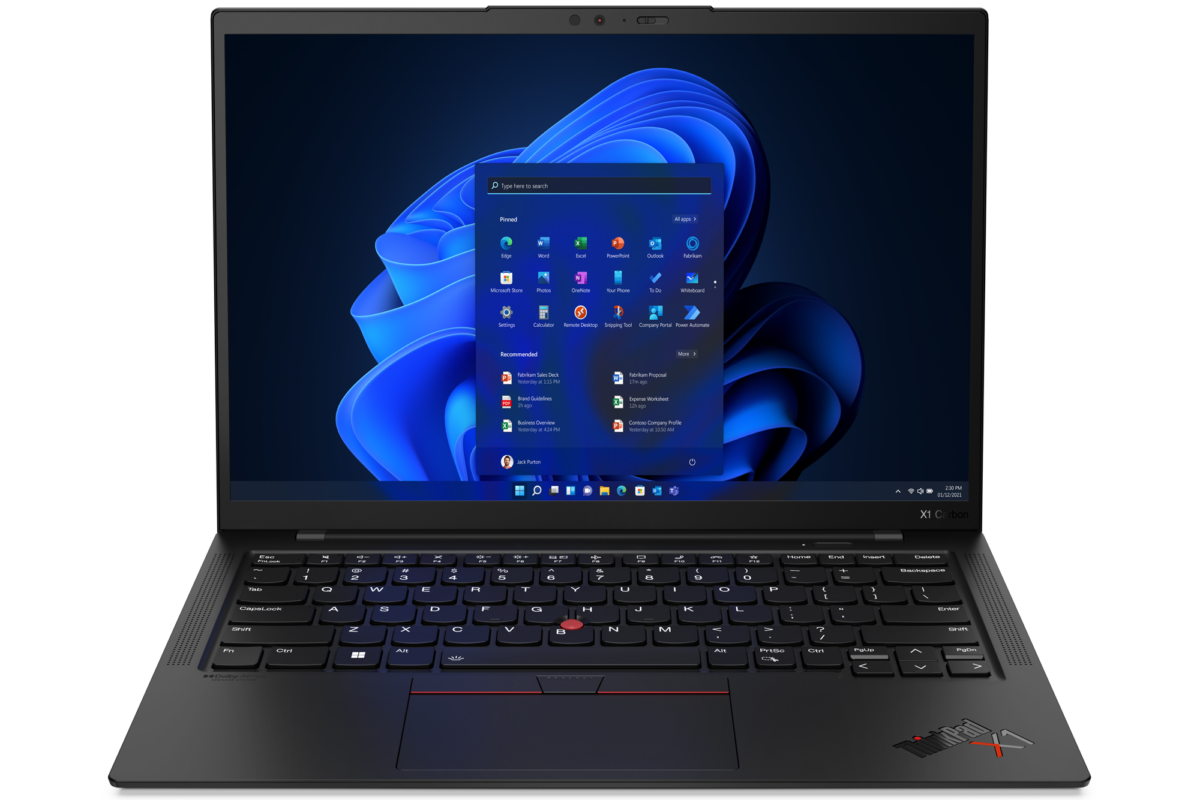
Lenovo ThinkPad X1 Carbon Gen 10
The Lenovo ThinkPad X1 Carbon Gen 10 comes with 12th-gen Intel Core processors, new OLED displays, and a Full HD webcam.
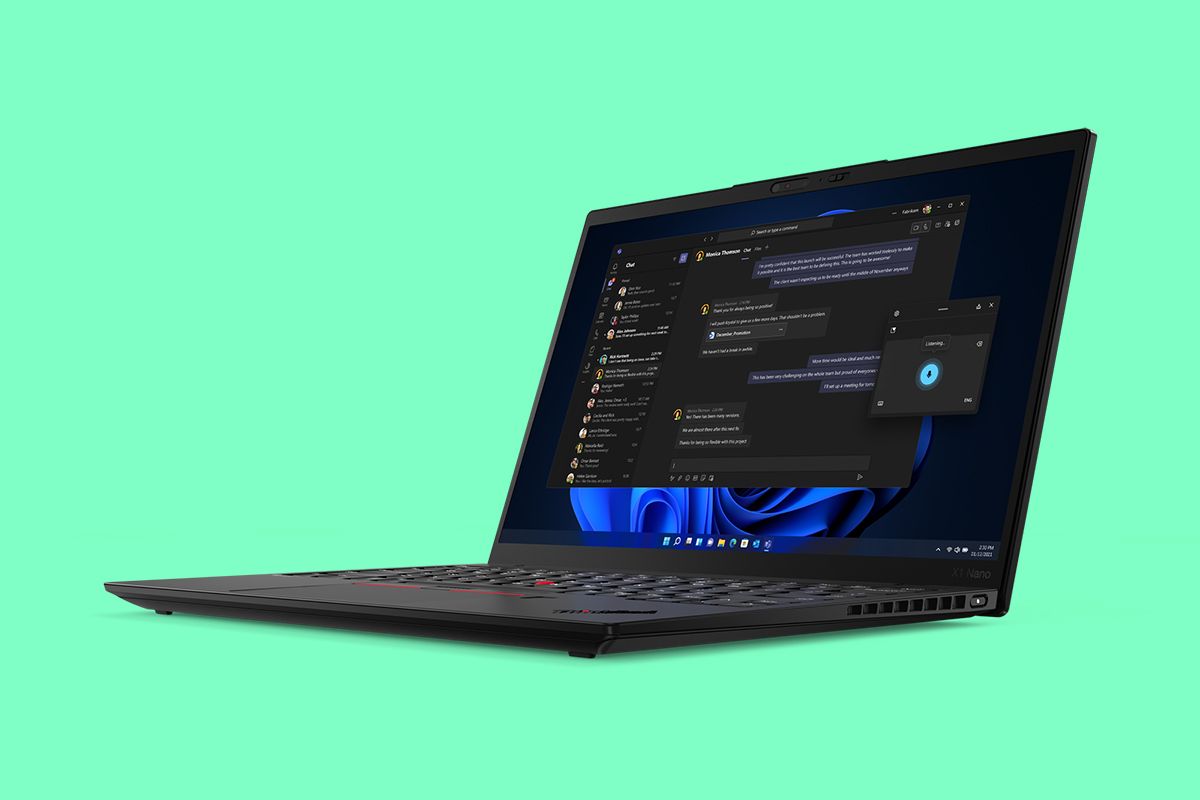
Lenovo ThinkPad X1 Nano Gen 2
The Lenovo ThinkPad X1 Nano Gen 2 is an ultra-light business laptop powered by 12th-generation Intel processors and with optional 5G support.

